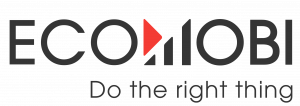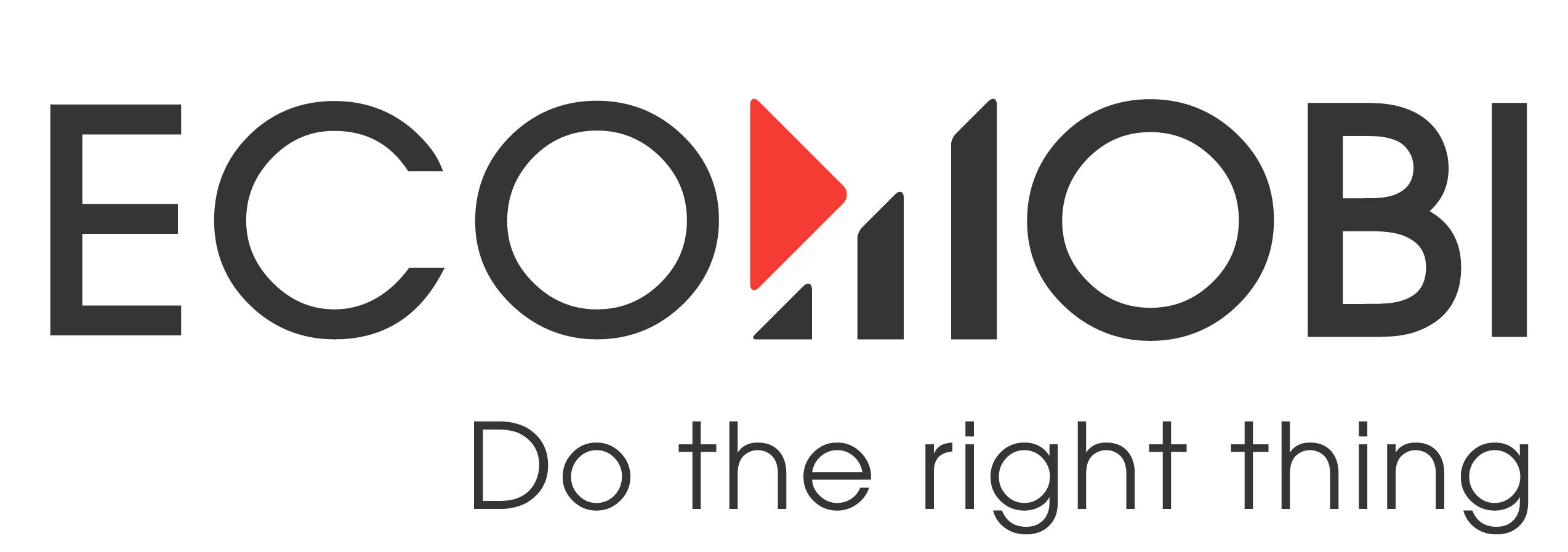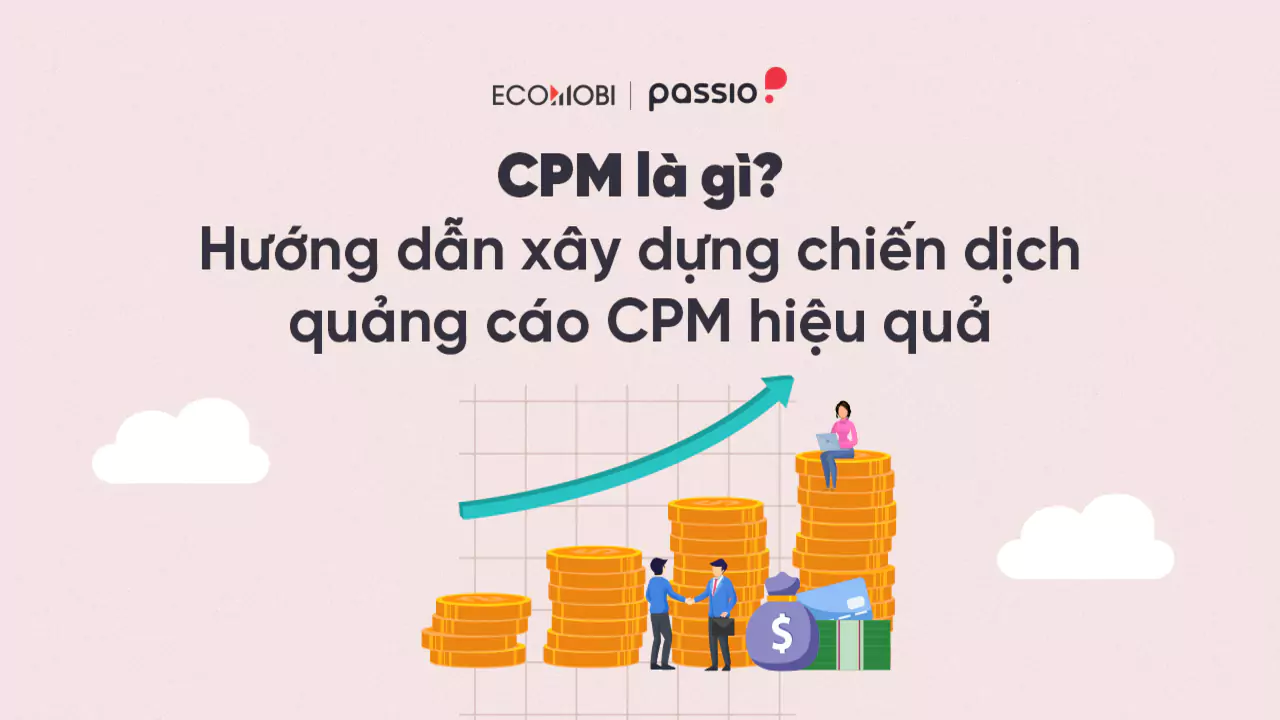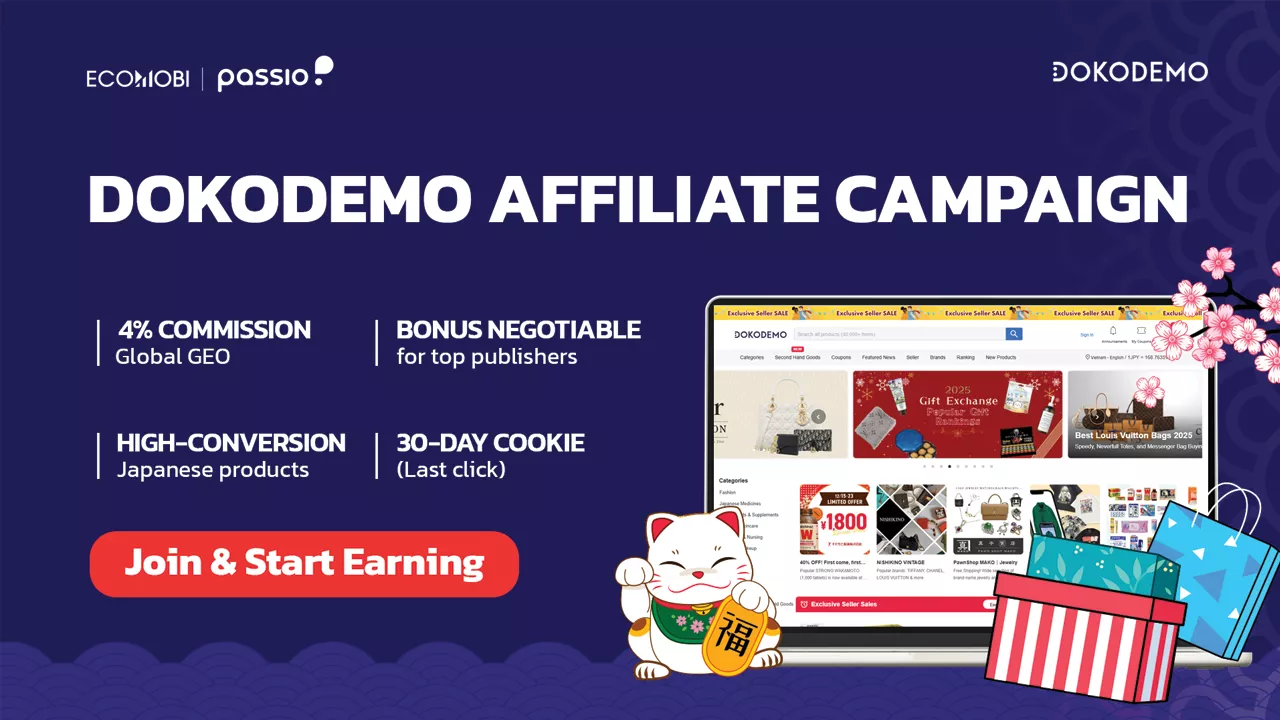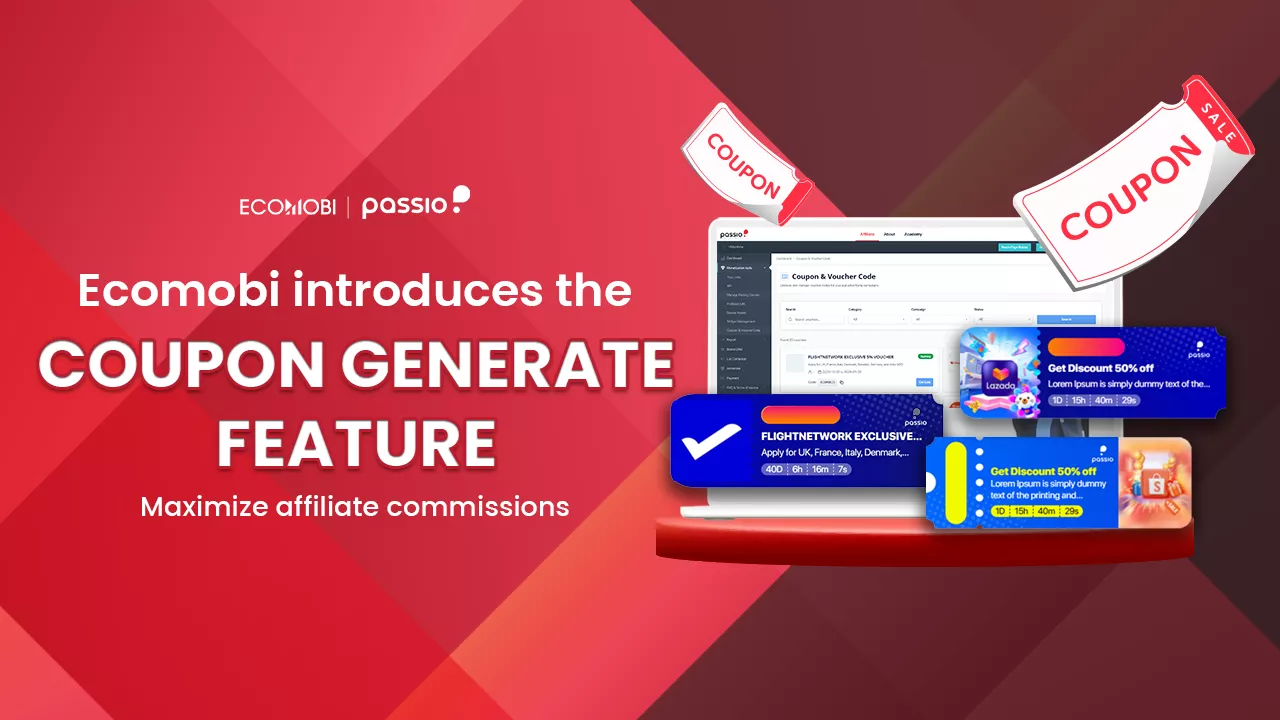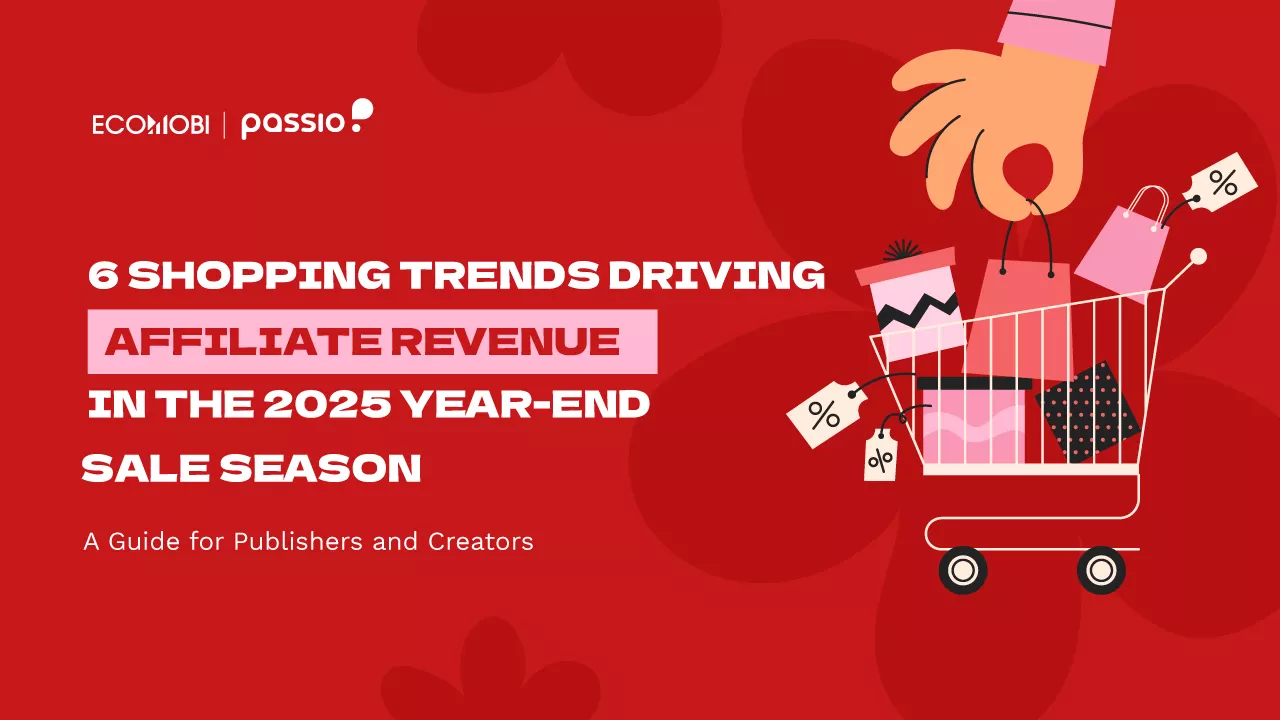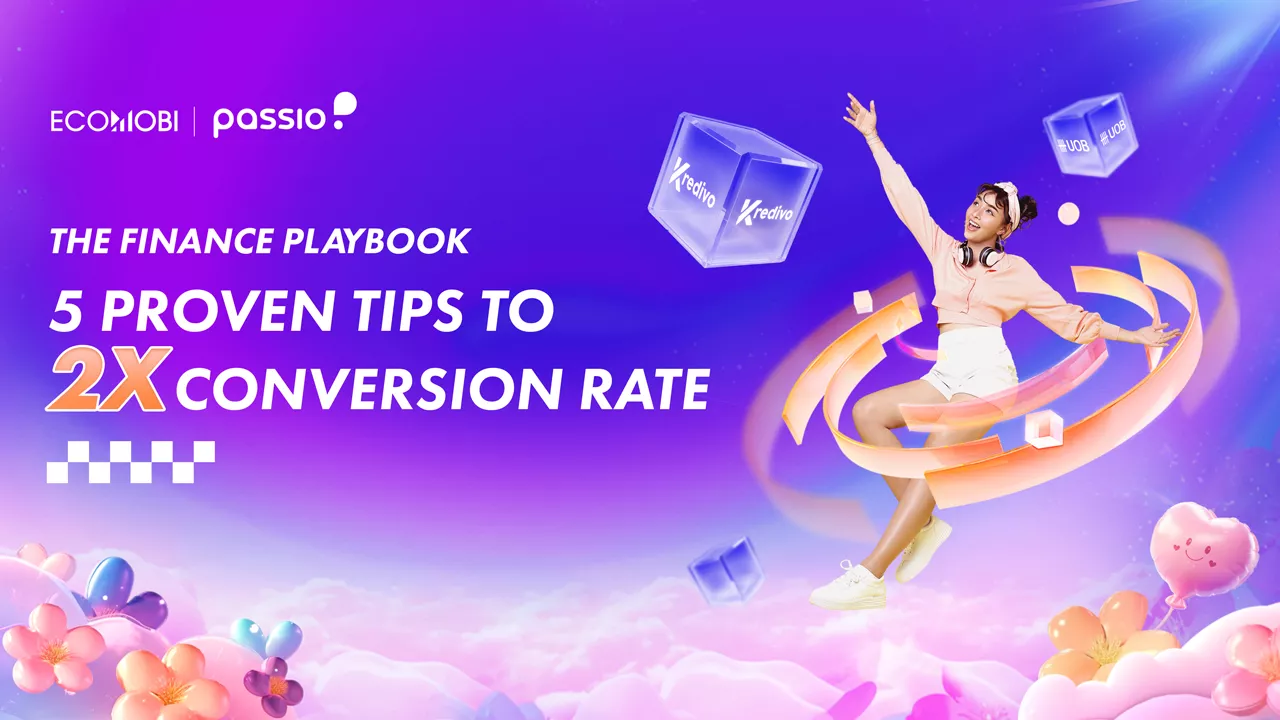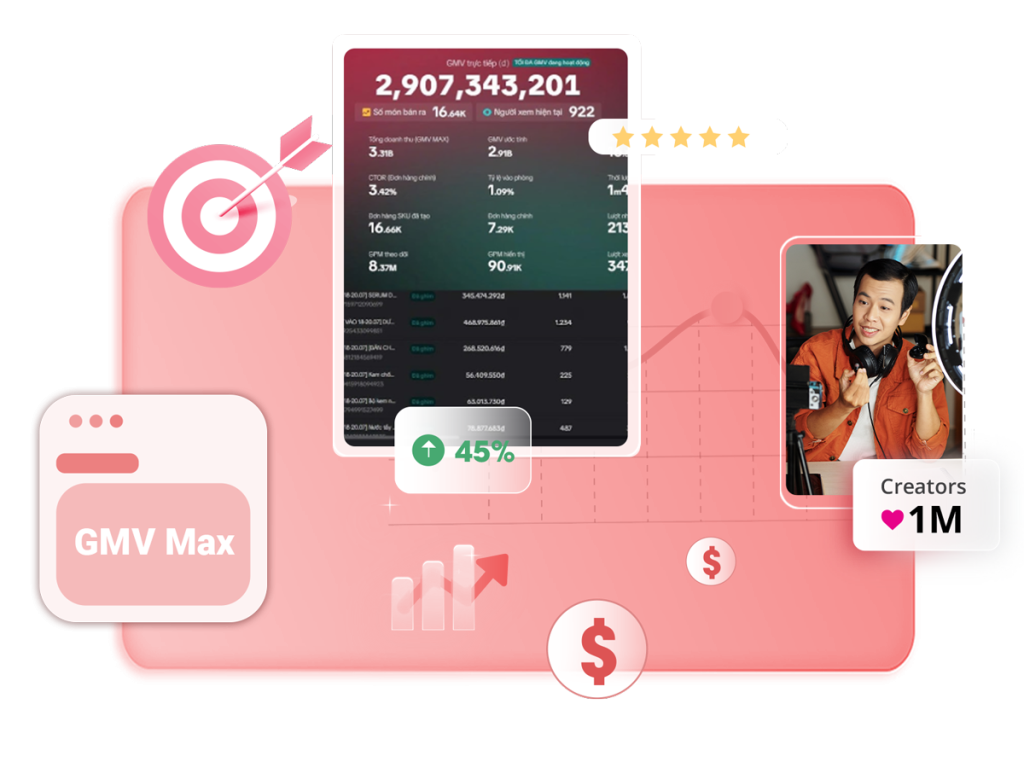CPM is a form of advertising in Marketing. So, what is CPM, how does it work, and how can this index be optimized? Let’s find out with Ecomobi through the article below.
What is CPM in advertising?
CPM, short for Cost Per Mile, is the cost an advertiser must pay to display an ad 1,000 times. This is a familiar form of Affiliate Marketing payment models in advertising platforms such as Google Ads, Facebook Ads, YouTube, etc.
CPM is not just a number, but also a measure of cost-effectiveness in reaching a large number of customers. For businesses that want to build brand awareness or promote new products, CPM is an ideal choice because it focuses on optimizing the frequency of display to users.
Each time an ad appears before a user, it will be counted as a view or an impression. CPM is a form of advertising in Marketing. So, what is CPM, how does it work, and how can this index be optimized?
What is CPM in advertising?
CPM, short for Cost Per Mile, is the cost an advertiser must pay to display an ad 1,000 times. This is a familiar form of Affiliate Marketing payment in advertising platforms such as Google Ads, Facebook Ads, YouTube, etc.
CPM is not just a number, but also a measure of cost-effectiveness in reaching a large number of customers. For businesses that want to build brand awareness or promote new products, CPM is an ideal choice because it focuses on optimizing the frequency of display to users.
Each time an ad appears before a user, it will be counted as a view or an impression.

How CPM Works
How to calculate CPM
CPM = Total advertising cost / (Impressions / 1,000)
For example: A CPM advertising plan has a budget of 1,000,000 VND and receives 20,000 impressions. The cost per impression (CPM) will be calculated according to the formula, specifically: 1,000,000 / (20,000/1000) = 50,000 VND for every 1000 impressions.
Which campaigns is CPM suitable for?
CPM is commonly used in campaigns:
- Banner Ads: Display advertising images on websites or applications.
- Social media advertising: Facebook, Instagram, TikTok.
- Video advertising: Especially popular on YouTube.
Advantages and disadvantages of CPM
Advantages
- Wide reach: CPM is an ideal choice for advertising campaigns with the goal of brand recognition, especially when reaching a large number of potential customers. This is suitable for industries such as fashion, fast-moving consumer goods, etc.
- Simple and easy to manage: CPM allows businesses to estimate the number of impressions based on their budget. This makes it easy for them to plan their spending without worrying about incurring uncontrolled costs.
- High efficiency when using visual advertising: CPM is most effective when used with visual advertising formats such as videos, animations, or banners. These formats help to impress and attract viewers.
In particular, CPM also benefits the publisher. By building awareness for your website/blog, you can attract more advertisers to place ads on your channel and create a monthly passive income stream.

Disadvantages
- Does not measure conversions directly: A major drawback of CPM is that it only measures impressions and does not directly reflect conversion performance marketing, such as click-through rates (CTR) or successful orders.
- Dependent on content quality: CPM requires ad content to be engaging to optimize effectively. If the content is not engaging enough or not relevant to the audience, high impressions can be wasted.
- Risk of showing to the wrong audience: If the campaign is not well optimized, the ad can appear in front of people who do not need it. This not only increases costs but also wastes the budget.
For example: An ad for an English learning app or learning support software like Grammarly may appear to a middle-aged audience – not interested => leading to poor engagement, despite high impressions.

CPM cost in a marketing campaign in Vietnam
The cost of CPM advertising in Vietnam depends on many factors such as: advertising platform, product line, and target audience.
CPM costs on popular platforms
- Facebook Ads: Average CPM ranges from 30,000 – 100,000 VND for every 1,000 impressions. Campaigns targeting specific audiences (such as specific geographic areas or specialized interests) can increase to 120,000 VND or more.
- Google Display Network (GDN): CPM on GDN is usually between 50,000 – 150,000 VND, suitable for banner, video, or animated image display ads. This is an ideal channel for businesses that want to cover a wide audience, such as home appliance brands, consumer goods, food, etc.
- YouTube Ads: This is a platform where all forms of advertising cost significantly more, and CPM is no exception. CPM costs on YouTube usually range from 80,000 – 200,000 VND, depending on the video length and target audience. YouTube and TikTok are the top choices for video branding campaigns due to their ability to reach young audiences (Gen Z and Gen Y).
CPM cost by industry
- Fashion, FMCG: Average CPM is 50,000 – 100,000 VND, due to large audience and moderate competition.
- Technology, finance: CPM costs can exceed 200,000 VND because these are industries that require specific target audiences and high spending ability.
- Education, health: CPM is usually in the range of 70,000 – 150,000 VND, with demand increasing during peak seasons such as school openings or holidays.

Other factors
- Competition level: Highly competitive industries, such as technology or real estate, will have higher CPMs than less competitive industries.
- Target audience: Detailed targeting (age, interests, location) will increase costs but increase the effectiveness of reaching the right potential customers.
- Campaign timing: During peak seasons such as Tet or Black Friday, CPM costs increase significantly due to increased advertising demand.

How to optimize CPM for display advertising campaigns
According to a report from Statista (2023), the average CPM on YouTube has increased from $9 to $11 over the past 2 years, reflecting the increasing competition on this platform. So how to optimize CPM in advertising campaigns at the lowest cost? Here are some recommendations:
Identify the right target audience
This helps your ads appear focused on users who are likely to be interested in your product or service => increasing recall and interaction rates. The simplest way to draw a customer portrait is to use support tools such as Google Ads Audience Manager and define your audience according to the target of your product/service.
Optimize advertising content
Content needs to be engaging, interesting, and “touch” customers in some way. If the ad content keeps viewers engaged, the ad engine will show it to more users, increasing the ad quality score and reducing CPM.

Using retargeting tools
Retargeting helps focus on groups of people who have shown interest, increasing advertising effectiveness. Advertisers set up pixels on websites to track user behavior. Then run retargeted ads to groups who have visited the website or added products to their shopping carts but have not purchased.
Select the display time frame
The timing of your ads also affects your CPM costs. Placing your ads during times when your potential customers are most active helps reduce competition and CPM.
Optimize ad placement
Some placements have low CPMs but are still effective. For example, on Facebook, experiment with placements like Stories or Audience Network instead of just focusing on News Feed, or on Google Ads, run display ads (GDN) with long-tail keywords or in less competitive areas.

Frequently Asked Questions (FAQs) about CPM
How do I know if my CPM costs are reasonable?
Answer: It can be evaluated based on the following factors:
- Compare industries: Research the average CPM cost in your industry or on the same platform. For example, the average CPM for Facebook Ads in Vietnam is usually between 30,000 – 100,000 VND.
- Measure effectiveness: If your ads have a high click-through rate (CTR) and engagement, your CPM can be considered reasonable.
- Test adjustments: Test different campaigns to optimize CPM costs according to specific goals.
Does high CPM mean good performance?
A: Not necessarily. A high CPM often reflects high competition or a narrow target audience, but it does not guarantee that your campaign will deliver good results.
Important: CPM performance should be evaluated based on:
- Engagement Rate: If your ads are getting high click-through or conversion rates, a high CPM may still be acceptable.
- Campaign Objective: A high CPM can be effective if the goal is to build a brand in high-value industries, such as real estate or finance.
Always compare CPM with other metrics such as CPC (Cost per Click), CTR (Click-Through Rate), and ROAS (Return on Ad Spend) to get a comprehensive view of campaign effectiveness.
Hopefully, the above article has helped businesses and advertisers better understand what CPM is as well as ways to optimize CPM costs for a successful advertising campaign.
